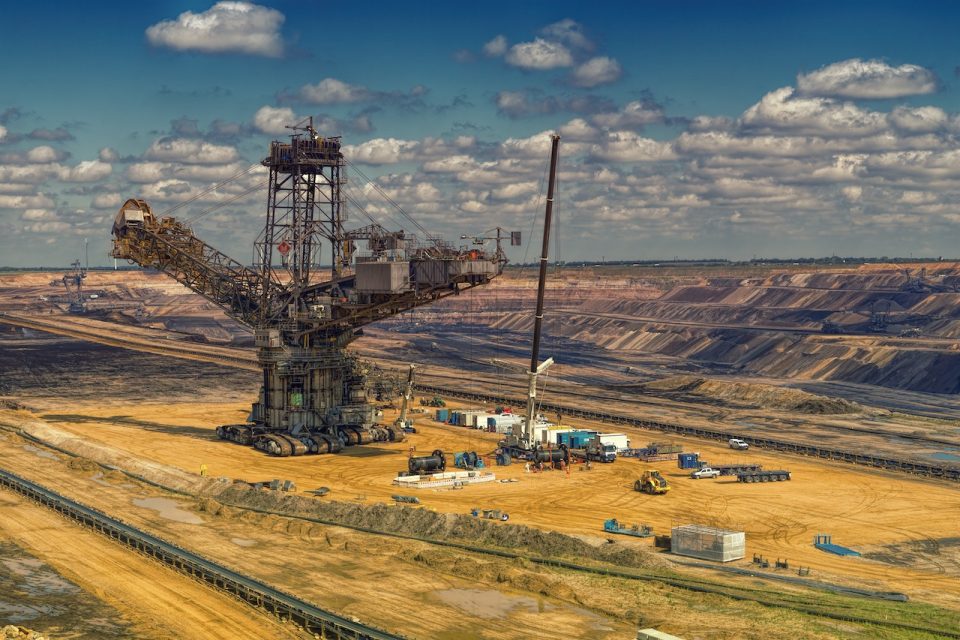As the world faces increasing pressure to reduce carbon emissions and combat climate change, sustainable technology building design and construction have become a crucial part of the solution.
Brief About Sustainable Technology
Sustainable technology practices focus on using resources efficiently and minimizing the environmental impact of buildings. By using materials and technologies that are renewable, non-toxic, and energy-efficient.
This not only helps to reduce the carbon footprint of buildings, but also provides cost savings, improved indoor air quality, and greater comfort for building occupants.
-
Green Building Standards and Certifications
One way to ensure that buildings are designed and constructed in a sustainable manner is through the use of green building standards and certifications.
These standards provide guidelines for designing and constructing buildings that are energy-efficient, use renewable resources, and have a minimal environmental impact. Some of the most widely recognized green building standards include LEED (Leadership in Energy and Environmental Design), BREEAM (Building Research Establishment Environmental Assessment Method), and Green Star.
LEED, for example, is a rating system that evaluates buildings based on their energy efficiency, indoor air quality, and use of sustainable materials and resources.
Buildings that meet the criteria set forth by LEED can earn certifications at different levels, such as Certified, Silver, Gold, and Platinum.
This helps to ensure that buildings are designed and constructed to meet a certain level of sustainability technology, and also provides a way for building owners and operators to demonstrate their commitment to sustainability.
-
Sustainable Technologies and Materials
Another key aspect of sustainable building design and construction is the use of sustainable technologies.
This includes the use of renewable resources, such as bamboo and reclaimed wood, and the use of non-toxic and low-emitting materials, such as low-VOC paints and adhesives.
In addition, building systems and technologies, such as solar panels, geothermal systems, and green roofs, can be used to reduce the energy consumption and environmental impact of buildings.
For example, green roofs are a type of roofing system that is covered with vegetation. They help to reduce energy consumption by providing insulation and shading and also help to improve air quality and reduce stormwater runoff.
Similarly, solar panels can be used to generate electricity, reducing the need for fossil fuels and reducing carbon emissions.
-
Challenges and Benefits
While sustainable technology design and construction can provide numerous benefits, it also presents some challenges. One of the main challenges is the cost of implementing sustainable technologies and materials.
While many of these technologies and materials have a higher upfront cost, they often provide long-term cost savings through reduced energy consumption and maintenance costs.
Additionally, green building standards and certifications can also add to the cost of construction, as they require additional documentation and testing.
However, the benefits of sustainable building design and construction far outweigh the costs.
In addition to reducing carbon emissions and environmental impact, sustainable buildings can provide cost savings, improved indoor air quality, and greater comfort for building occupants.
Furthermore, green building standards and certifications can also help to increase the value and marketability of buildings.
Conclusion
Sustainable building design and construction are crucial for reducing the environmental impact of buildings and combatting climate change.
The use of green building standards and certifications, sustainable materials and technologies, and attention to energy efficiency can all contribute to sustainable building design and construction.
While there are challenges to implementing sustainable building practices, the benefits, such as cost savings and improved indoor air quality, far outweigh the costs.
The future of green technology in building design and construction is crucial for a sustainable future.

